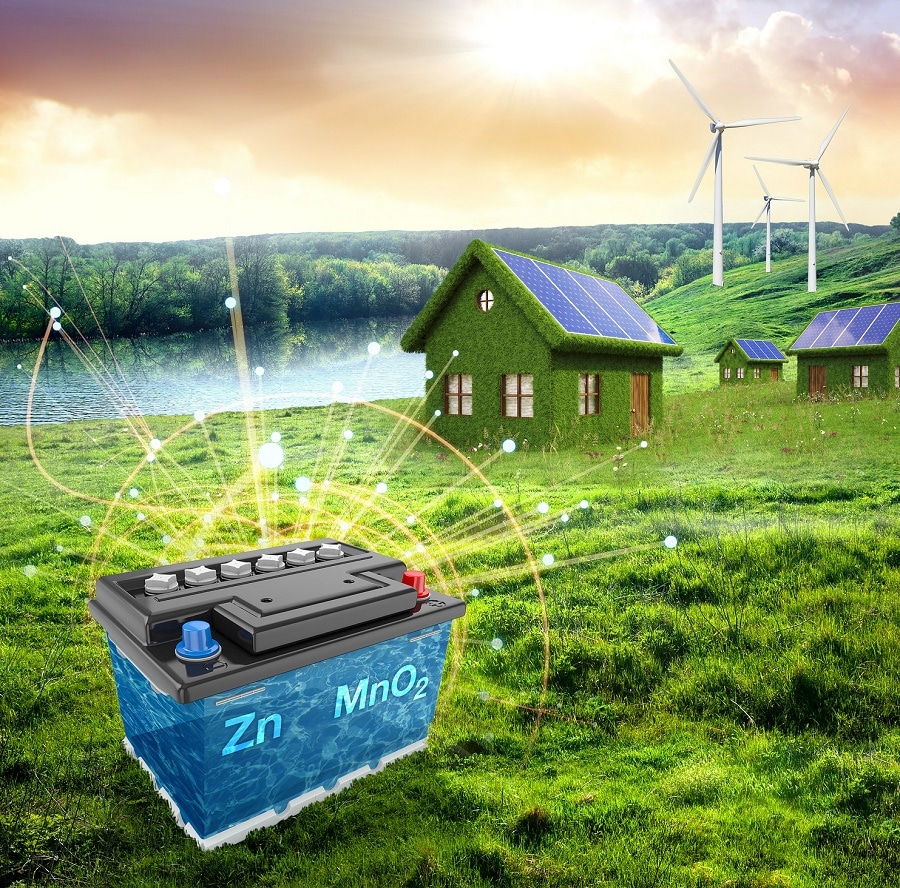Jul 19 2016
Greenhouse gases and various other emissions resulting from the production and usage of power have been reduced by ‘smart grid’ technologies.
 Use of "Smart Grid" technologies can impact carbon emissions — but by how much? A new Emissions Quantification Tool can estimate the answer to that question. (Credit: PNNL)
Use of "Smart Grid" technologies can impact carbon emissions — but by how much? A new Emissions Quantification Tool can estimate the answer to that question. (Credit: PNNL)
One estimate highlights that by 2030 the national carbon emissions will be reduced by 12% through the application of buildings mechanisms and smart grid technologies. However, at times the opposite becomes surprisingly true for an individual project. It all relies on a wide range of factors, but a new tool invented by the U.S. Department of Energy's Pacific Northwest National Laboratory provides a simple way to estimate those emission impacts.
The free, web-based tool allows industry and utilities to examine the environmental impacts of using smart grid technologies, and also provides organizations the operational data required to sift through factors in order to defend the investment.
A paper describing the science behind the tool is featured as an excellent conference paper at the IEEE Power & Engineering Society meeting in Boston on July 18.
The resulting changes to nitrogen oxides, sulfur dioxide and carbon dioxide are calculated by the Emissions Quantification Tool. The financial and energy savings that can also be obtained by using smart grid technologies are also determined by the tool. The evaluated technologies include battery-stored energy, coordinated electric vehicle charging schedules, and devices that help in incorporating solar generation into the power grid.
Users can quickly and easily screen different scenarios by varying the type of smart grid technology and other variables to best characterize their specific set of circumstances and location. The modules we've assembled are being used right now to explore the impacts of proposed projects and understand the sometimes counterintuitive tradeoffs.
Karen Studarus, Power Systems Engineer, PNNL
A business case for a smart grid
The tool was developed by PNNL along with support from a group of utility and energy industry representatives who ensured that the tool would give out the high-level insights required for a smart grid business case.
As someone who's always trying to articulate the value of investments in smart grid, it's so useful to have a tool to illuminate the specifics driving that value.
Laney Brown, Modern Grid Partners
A detailed report with post- and pre-technology adoption comparisons is created by the tool after the calculation process is complete. The user is made aware of the existing variables through the report. For instance, the tool provides information on the amount of energy that is needed to offer a specific operational benefit and also supplies details on what the resulting decrease or increase in emissions would be.
"With insights from the tool, utilities, policy makers, and companies can see the impacts, for example, of shifting energy use to a different time of day or of adopting additional renewable energy resources," said Studarus.
Emissions impacts can vary
The results at times appear to be counterintuitive. The tool also has the potential to uncover unanticipated or unintended results. For instance, integration of coordinated electric vehicle charging in the Northeast would result in decreasing sulfur dioxide, an indirect greenhouse gas, and emissions by about 2.5%. However, in California, the very same level of coordinated charging in fact detected an increase of 1.5% because of its differences between the two regions.
Calculations are based on data sources that have been well-established such as EPA's AVERT, or Avoided Emissions and Generation Tool, which is capable of mapping hourly emission benefits of energy efficiency and renewable energy programs and policies; demand response models from the Brattle Group; and solar energy data obtained from the National Renewable Energy Laboratory.
The tool enables users to understand how calculations were carried out for outcomes from varied scenarios with the help of its design that is as transparent as possible in terms of underlying algorithms and data.
This is really uncharted territory. Nobody's done this before, and the diverse utility community needs detailed information when it comes to understanding the impacts of smart grid technologies on the environment and the bottom line. A transparent and broadly applicable methodology not only estimates the benefit, it lets folks see more clearly how much faith they should be putting into the numbers.
Karen Studarus, Power Systems Engineer, PNNL
The development of the Emissions Quantification Tool was supported by DOE's Office of Electricity Delivery & Energy Reliability.
Get the tool
In October, a model of the tool was demonstrated at the National Summit on Smart Grid and Climate Change. Users are allowed to try the Emissions Quantification Tool free of charge at SmartGrid.gov.